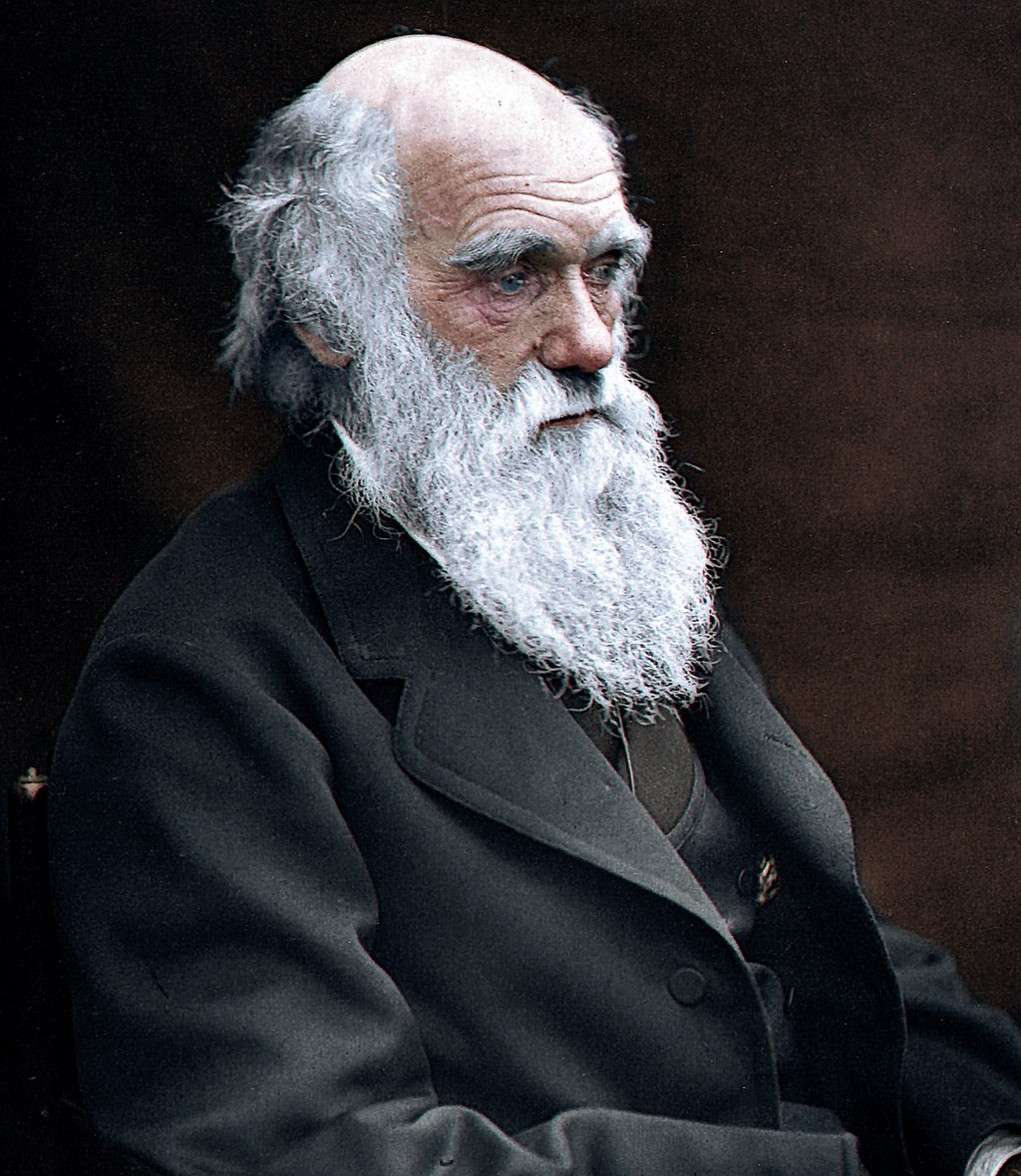How the Tremendous Boost in Brain Power Arose Suddenly in Evolution–The Mystery of Myelin
“Why, if species have descended from other species by fine gradations, do we not everywhere see innumerable transitional forms?” — Charles Darwin in The Origin of Species.
 Charles Darwin proposed that evolution is driven by gradual variations in organisms that have survival advantage in a changing environment, but he recognized that new traits often arose suddenly in the evolution of species, without any apparent forerunner. In his book, The Origin of Species, Darwin devotes an entire chapter to critically examine this puzzle which challenges his theory of evolution. The quandary persists today. University of Maryland evolutionary biologist, Karen Carleton, says that scientists have long grappled with the quandary that “Evolution can happen abruptly as described by Steven J. Gould in punctuated equilibrium.”
Charles Darwin proposed that evolution is driven by gradual variations in organisms that have survival advantage in a changing environment, but he recognized that new traits often arose suddenly in the evolution of species, without any apparent forerunner. In his book, The Origin of Species, Darwin devotes an entire chapter to critically examine this puzzle which challenges his theory of evolution. The quandary persists today. University of Maryland evolutionary biologist, Karen Carleton, says that scientists have long grappled with the quandary that “Evolution can happen abruptly as described by Steven J. Gould in punctuated equilibrium.”
The question is how?
A case in point is the sudden boost in brain power in vertebrates, which are animals without backbones. A new study provides a surprising explanation, and it happened, they suggest, in a way that Darwin could not have imagined.
Myelin is the multilayered sheath on nerve fibers that transformed the way neural impulses are conducted and turbocharged impulse transmission speed. Myelin appears suddenly in vertebrates without a trace in their ancestral line. The new study answers this long-standing puzzle: the genetic instructions to make myelin were slipped into vertebrate ancestor’s DNA by virus infection.
Myelin is arguably the most significant advance in nervous systems in the animal kingdom. The great boost in speed of information transmission over long distances is largely responsible for the quantum leap in cognitive ability, speed, and agility, of vertebrates, like dogs, dolphins, and people, over invertebrates like slugs, worms, and starfish. Lacking myelin, neurons in invertebrates are clustered into groups (ganglia) situated near the body structures they control or that provide sensory input. There are ganglia next to every swimming leg in a shrimp’s tail, for example, but neurons are massed together into one enormous central assembly, the brain, in vertebrates. That concentration of billions of neurons into a brain enabled complex interactions generating cognitive capabilities well beyond those of invertebrates….
Read the story here in Scientific American